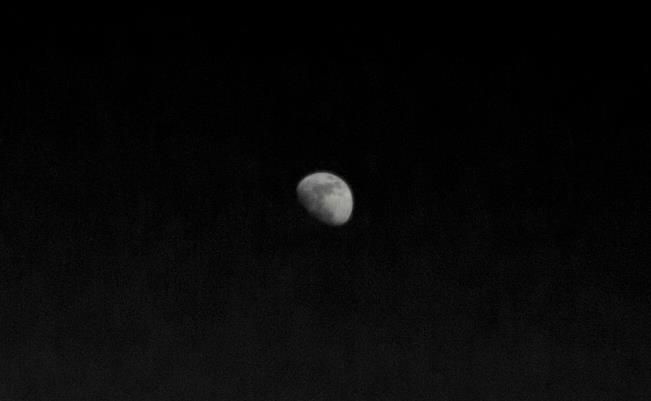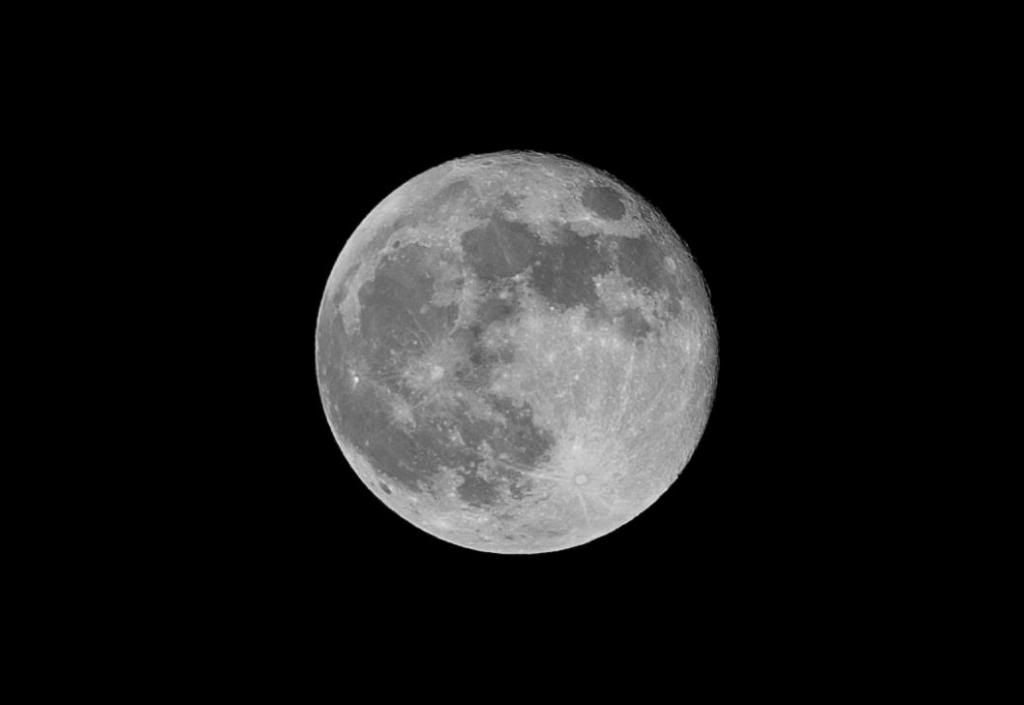G80FTW
Active Member
Iv always had problems doing this. I figured with a DSLR I would have a better shot with it, but it seems no matter what my settings are I cant get a good exposure that wont leave it too bright or too dark.
This picture was taken after doing multiple shots at different settings, f/32 1/4 sec ISO 400 @ 55mm using my 18-55mm lens. Granted it would be easier using my 200mm lens but I dont feel like going back outside and I figure if this lens cant get a good exposure I shouldnt expect the 200mm to do better. 1/4 of a second leaves the background pitch black. I want a good exposure of the moon but I also want stars in the background. Impossible?

That was after editing as well, and cropped.
This is at f/22 30 seconds ISO 400 @ 18mm with heavy editing but more what I want but not to have the moon blown out:

This picture was taken after doing multiple shots at different settings, f/32 1/4 sec ISO 400 @ 55mm using my 18-55mm lens. Granted it would be easier using my 200mm lens but I dont feel like going back outside and I figure if this lens cant get a good exposure I shouldnt expect the 200mm to do better. 1/4 of a second leaves the background pitch black. I want a good exposure of the moon but I also want stars in the background. Impossible?

That was after editing as well, and cropped.
This is at f/22 30 seconds ISO 400 @ 18mm with heavy editing but more what I want but not to have the moon blown out:

Last edited:











